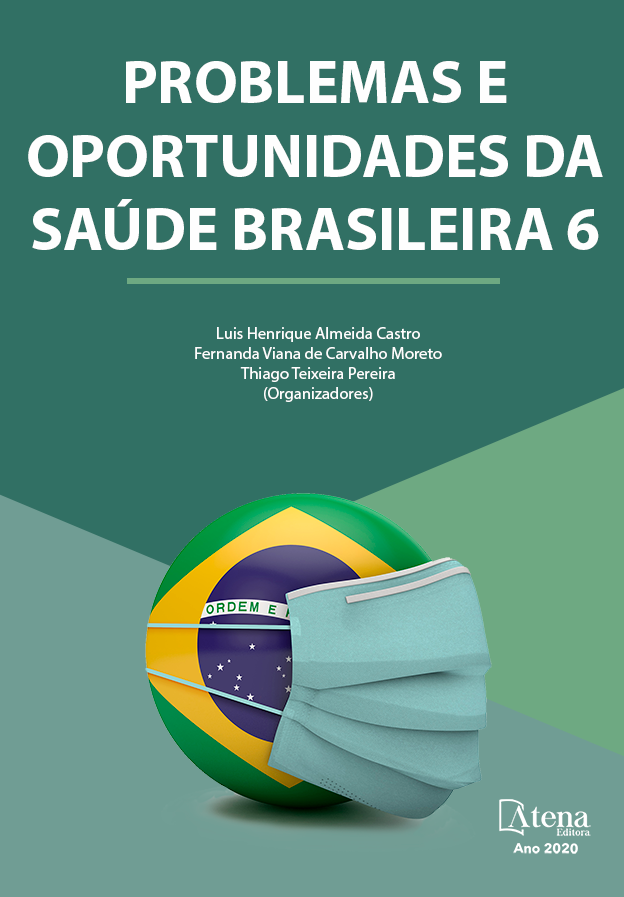
EXERCÍCIO FÍSICO E INTERVENÇÃO DOS EXERCÍCIOS GINÁSTICOS SOB O RISCO DE QUEDA EM PESSOAS IDOSAS RESIDENTES NA COMUNIDADE
Introdução: o equilíbrio corporal provém da função dos sistemas
vestibular, visual e proprioceptivo, e sua alteração pode levar ao risco de quedas
e suas consequências, sobretudo, para os idosos. A atividade física regular pode
contribuir para o envelhecimento mais saudável, reduzindo ou prevenindo muitos
declínios funcionais associados a esse processo. Objetivo: avaliar a influência
da prática regular de exercícios ginásticos sobre as quedas em idosos da
comunidade. Método: pesquisa observacional, quantitativa, descritiva e de corte
transversal, composta por uma amostra de 191 idosos entre 60 e 80 anos,
homens e mulheres, participantes de um programa de exercícios ginásticos na
Sociedade Beneficente Equilíbrio de Interlagos, em São Paulo. O estudo foi
aprovado pelo CEP (Protocolo nº 186/11), todos os idosos autorizaram
participação por meio do TCLE. Foram utilizados os testes: Teste Unipodal e o
Teste Timed Up and Go (TUG). Os dados foram submetidos aos testes
estatísticos Qui-Quadrado e Regressão Logística para estimar a Odds Ratio,
adotando-se p<0,05 em todas as análises. Resultado: As análises estatísticas
revelaram associação significante e maior chance dos idosos pouco ativos
apresentarem mais relato de quedas (p=0,019), fraturas (p=0,029), osteoporose
(p=0,030) e depressão (p=0,011), além de apresentarem medo de queda (FES-I-
Brasil) (p=0,042) e dependência parcial e baixo risco de queda (Teste TUG)
(p=0,013). Conclusão: o exercício ginástico, contribuiu para a manutenção do
equilíbrio corporal, reduzindo a chance de quedas e suas consequências, e
melhorando a mobilidade e a independência funcional. Dessa forma, os
exercícios ginásticos promovem uma saúde mais equilibrada, um
envelhecimento mais saudável e uma melhor qualidade de vida para os idosos
da comunidade.
EXERCÍCIO FÍSICO E INTERVENÇÃO DOS EXERCÍCIOS GINÁSTICOS SOB O RISCO DE QUEDA EM PESSOAS IDOSAS RESIDENTES NA COMUNIDADE
-
DOI: 10.22533/at.ed.67220161014
-
Palavras-chave: Exercício ginástico; Equilíbrio Postural; Quedas e Idoso.
-
Keywords: Gymnastic Exercise; Postural Balance; Accidental falls and elderly.
-
Abstract:
Introduction: the physical balance is a result of the vestibular,
visual and proprioceptive systems and a change in one or more of those
systems could result on an increase of the risks of accidental falls with potential
consequences, mainly to the elder people. Regular workout could contribute to
a process of getting old in a healthier way, reducing or preventing from several
dysfunctions associated to this process. Objective: to evaluate the influence of
the regular workout on the accidental falls in the elder people from the
community. Method: observational research, quantitative, in a descriptive
format and transversal shortcut with a sample of 191 elder people from 60 to 80
of age, men and women, participants on a Workout Program in an entity named
SBEI, located in São Paulo. The research had been previously approved by the
REC (Protocol 186/11) and only those who signed an ICF were allowed to
participate. For the collection of the data involved on the research, the following
tools have been used: Unipodal Test and Timed Up and Go Test. The data
were submitted to statistical tests Qui-Square and Logistic Regression in order
to estimate the Odds Ratio, using p<0.05 in all analysis. Result: The statistical
analysis revealed significant association and higher chances of those less
active elder to present a higher number of accidental falls (p=0.019), fractures
(p=0.029), osteoporosis (p=0.030) and depression (p=0.011), besides the fear
of falling (FES-I-Brasil) (p=0.042) and partial dependency and low risks of
accidental fall (TUG Test) (p=0.013). Conclusion: the regular gymnastic
exercises contribute to the maintenance of the physical balance, reducing the
risks of accidental falls and their consequences and improving the mobility,
promoting the functional autonomy. Therefore, the gymnastic exercises promote
a more balanced health, healthy aging and a better quality of life for the elderly
community.
-
Número de páginas: 12
- Fábio Rodrigo Ferreira Gomes
- Frank Shiguemitsu Suzuki
- Alexandre Arante Ubilla Vieira


